Types of fluorescent lamps for plants and tips for choosing them
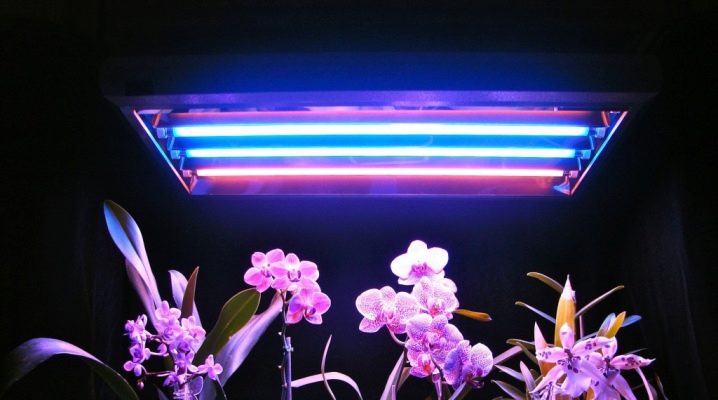
Fans of green spaces in the apartment, as well as avid summer residents know very well that fluorescent lamps cannot be done without - especially in the winter season. Most often they are used as additional light sources for flowers and seedlings - they allow plants to grow faster and receive as much light as needed. But this is far from the only area of application of these lamps. For those who will buy such products for the first time, it will be useful to know what types of fluorescent lamps exist, and what should be taken into account when choosing them.

Applications
The choice of a particular lamp depends on where and for what purpose it will be used.

- Fluorescent lamps are widely used when growing seedlings of various crops... They are installed directly on the window where the boxes with sprouts are located. Thanks to the light, the seedlings will grow faster, become stronger and healthier.

- Their use is useful for indoor plants and flowers... Often they are bought by flower growers who have quite a lot of plants. These luminaires are suitable for placing on shelves with green spaces. Then they get enough light in winter and delight with their good growth and flowering.

- It is customary to use lamps of this type and in greenhouseswhere vegetables, herbs, fruits are grown for industrial purposes. In such cases, early ripening of the fruit is especially important.

- Lighting in the aquarium it is also necessary for fish and other inhabitants, as well as for aquarium plants. This ensures the normal functioning of those kept in the artificial reservoir. For these purposes, moisture-resistant specimens are usually selected.
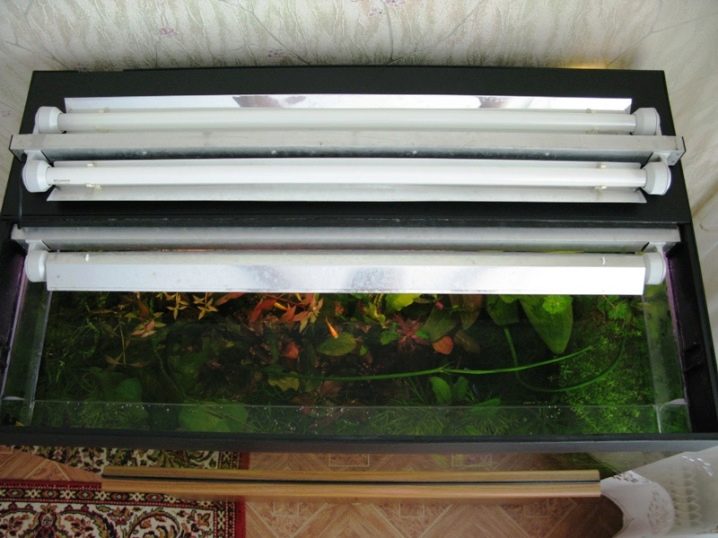
- Phytolamps are used not only to accelerate plant growth - fluorescent lamps are used for artificial garden lightingcreating various compositions. It is thanks to this kind of lighting that the garden is transformed in the evening and at night. Lamps that are not affected by moisture are also used for garden design.

- These types of lighting fixtures are used and in a wide variety of premises: shopping centers, fitness clubs, health establishments.

- They are able to create comfort in the house. It is not for nothing that these lamps are actively used to create lighting in rooms.

Design
The peculiarity of such a lamp is that it creates ultraviolet radiation. If we consider its design more closely, then we can highlight the main parts of which it consists. The first thing you should pay attention to is a bulb, which can have different sizes and shapes, depending on the purpose and premises for which this lighting device is intended. Mandatory components are electrodes, inert gas, mercury vapor.

The interaction of the electrodes when the device is turned on creates a current that, interacting with the gas-mercury medium, creates ultraviolet radiation. But everything that happens inside the lamp is invisible to the human eye. To convert ultraviolet rays into light that people are used to seeing, the bulb is covered with a phosphor from the inside. The light can be of a different shade, which depends on what composition the phosphor contains. This is how the different colors of lighting are obtained: blue and red.

How to choose?
To choose the right lamp, you need not only to know for what purposes it will be used, but also to familiarize yourself with its characteristics.There are usually no problems with connecting to the mains - all lamps are connected to a 220 V.
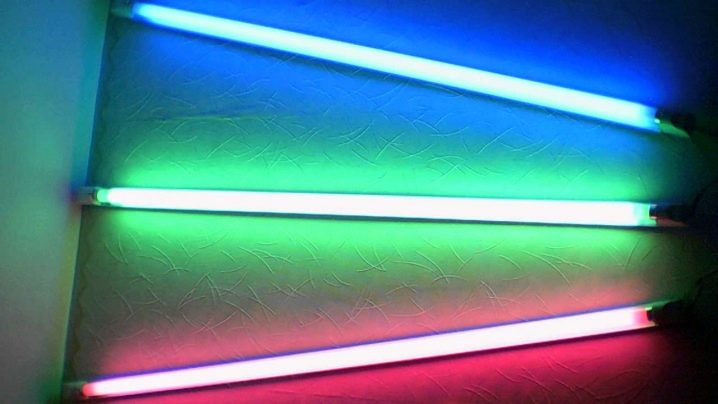
To illuminate flowers, plants, seedlings, lamps are chosen, focusing on the characteristics of the plants, and on what area should be illuminated. Lamps differ in wattage. Maybe in one case, a 12 W lamp is suitable, and in the other, a lamp of at least 58 W is required. The power depends on the length of the bulb. For example, a length of 4.5 cm can be accompanied by a power of 15 watts, and 15 cm - 58 watts.

If, for example, lighting is needed for two or three small pots of flowers, then one lamp will be enough, but if you have to maintain the lighting of an entire flower rack, then here on each shelf you need a lamp and, possibly, more than one. Again, everything depends on the scale of the rack.

For flowers, you need to choose lamps such as LBT or LB - it is from them that the light that plants needs comes from. Other types of lamps may not be suitable for these plants.

If you need to achieve the early emergence of seedlings, then it would be more correct to use a lighting device with a red spectrum of radiation. If you need to get fast growth and ripening of buds, then it is more relevant to use blue.


Lamp life varies depending on the quality of the cooling. Many manufacturers promise a runtime of at least 10,000 hours, depending on the operating options. If the lamp is used very actively, then it can stop delighting with its light after 7 thousand hours - this is due to the overheating of the device. And if the rest breaks are made longer, then the service life can increase up to 20 thousand hours.
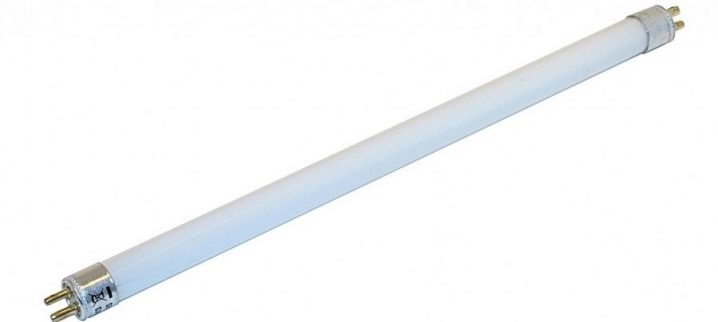
To install a lamp in an aquarium or to decorate a garden, you need to choose waterproof specimens. This information must be included on the packaging.

When choosing a light source for housing, you also need to focus on what area is to be illuminated - whether it will be a desktop surface or a sleeping place, a corridor or a large hall.

Optimal placement
If the lamps are designed specifically for plants, then it is important not only to choose the right lighting device in terms of power and size, but also to position it correctly in relation to the plant. For deciduous plants, for example, it will be enough for the lamp to be at a distance of half a meter from them, and flowering plants will need the proximity of the color source at least 30 cm.

If, for example, a decorative lamp with such radiation hangs on the wall, and a flower stands next to it on a stand, then it receives the light it needs, but at the same time it is necessary to periodically turn it with the other side to the lamp.
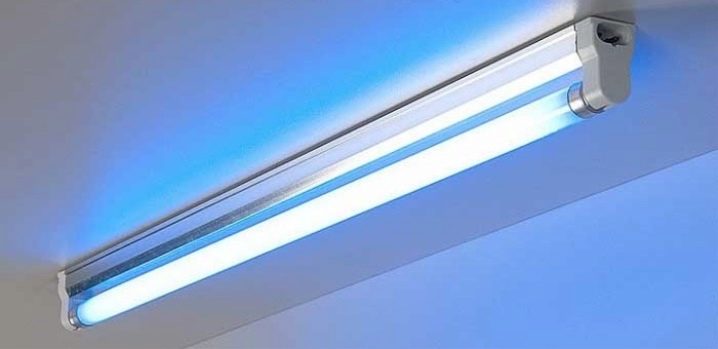
The lamps should be turned on at night, thereby increasing the daylight hours for flowers: by two hours in the early morning and by 5-6 hours in the evening. On cloudy days, you can also turn on the lamps.

Flowers can tell you if you've made the right choice. If the leaves begin to dry out, burns appear on them, then the lamp is placed too close. Dull, drooping stems, on the contrary, indicate that there is not enough light.

The power of the lamps is different, so when choosing, you need to take into account what space is to be illuminated. If the rack with flowers is long, then you will need not one lamp, but several.
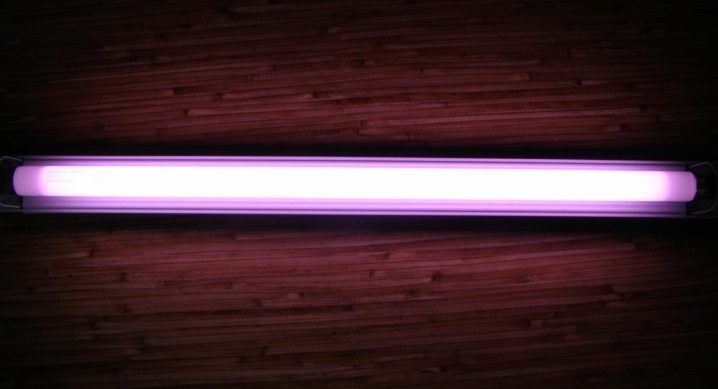
The same can be said about an aquarium: for a small version, one lamp is enough, while a spacious aquarium with a large number of fish and plants requires several lighting devices.

Convenient lamps on which the timer is set - then the lighting appears at a certain time, and the plants will consistently receive the right amount of light.

Linear lamps are recommended for decorating shelves, racks, hallways. And to illuminate rooms, you should use compact lamps, which will be placed in chandeliers, lamps, floor lamps, sconces.
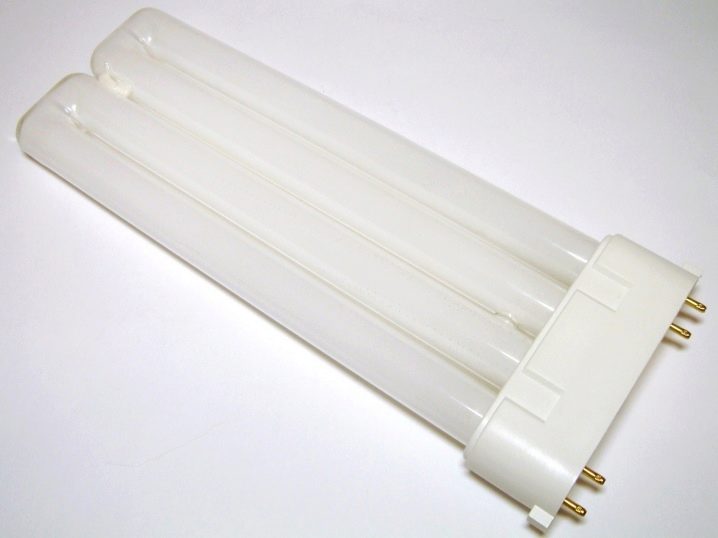
Advantages and disadvantages
- The main advantage for many people is economy - energy consumption is much lower than incandescent lamps, but, however, inferior to LED ones.

- The same can be said about the operating time: fluorescent versions will last much longer than incandescent bulbs.
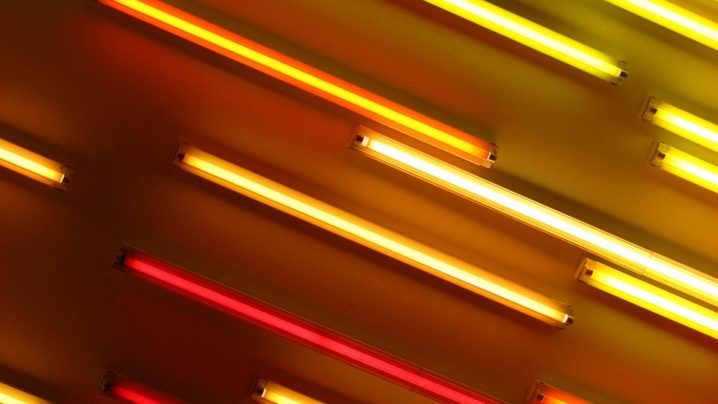
- These lamps are especially suitable for plants and aquariums - ordinary ones do not do this very well.

- The light that comes from them is quite capable of creating an atmosphere of comfort in the house, illuminating the necessary space. In addition, a different color spectrum allows you to decorate the interior without limiting yourself in a variety of ideas.

- Fluorescent lamps are suitable for installation in the workplace - thanks to good illumination during work, it will be possible to preserve vision.

- Another feature is that ultraviolet rays improve mood, helping to cope with blues, increase efficiency, and relieve fatigue. This is especially true in winter, when almost everyone lacks light, as well as for those people who spend most of their time in the office, at work and rarely see natural daylight.

- The economy characteristics also speak in favor of these light sources. For example, an incandescent lamp spends only about 8% on light - everything else goes into heat. In the case of luminescent versions, almost 80% of the energy is consumed for its intended purpose - the production of light.

- Many are attracted by their long service life. This is especially true if you replace a conventional lamp with a fluorescent lamp. The need for frequent lamp replacement will disappear.

All these qualities play an important role in the choice and are appreciated by consumers, therefore they make a choice in their favor.

But with all the pros, there are also disadvantages that should also be considered:
- due to the fact that such lamps contain mercury, they are classified as chemically hazardous, because mercury, as you know, is a danger to human health;
- certain types of lamps have a flickering effect - they are not suitable for all people, and even irritate someone;
- It is also worth noting that not everyone likes to use such a light when working at a computer or with documents, when an increased concentration of attention and vision is needed.

So when choosing, each person is guided not only by the consumer qualities of this lighting source, but also by their habits and requirements.

For more information on the types of fluorescent lamps for plants, see the video below.













The comment was sent successfully.